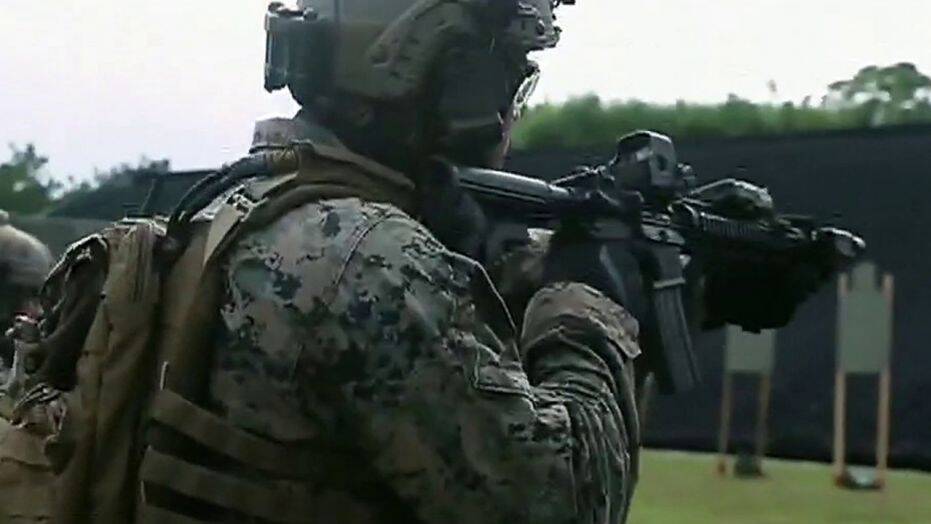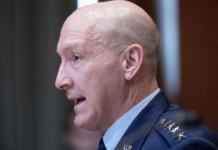
The U.S. announced plans Wednesday to shift 12,000 troops out of Germany as part of a multibillion-dollar effort to deter Russian influence and reassure European allies in the region.
The moves, which will bring 6,400 American troops home and shift 5,600 elsewhere on the continent, are set to begin “within weeks,” according to Defense Secretary Mark Esper. It also fulfils President Trump’s previously announced desire to withdraw troops from Germany, largely due to its failure to spend enough on defence.
“These changes will achieve the core principles of enhancing U.S. and NATO deterrence of Russia, strengthening NATO, reassuring allies and improving U.S. strategic flexibility,” Esper said.
A number of the forces will go to Italy, while the headquarters of the U.S. European Command and Special Operations Command Europe will be relocated from Stuttgart, Germany, to Belgium.
Esper told reporters Wednesday that the movements – which will cost in the “single-digit” billions of dollars – will keep about 24,000 troops in Germany and shift other forces further east into the Black Sea and Baltic regions.
Some of the troops returning stateside will later conduct rotational deployments “back to Europe,” he added.
Germany is a hub for U.S. operations in the Middle East and Africa. The decision to keep nearly half of the 12,000 affected troops in Europe, the Associated Press says, is a clear move by the Pentagon to assuage allies by avoiding their complete withdrawal from the region.
And by spreading forces into the east, it sends a message to Russia that the U.S. is not reducing its commitment to the region and remains ready to protect Eastern Europe from any Moscow aggression.
Sen. Jim Inhofe, the Republican chairman of the Senate Armed Services Committee, has voiced support for the plan while also acknowledging it will take “months to plan and years to execute.” He was briefed on the issue last week, and he issued a statement saying the “concept for realigning U.S. military posture in Europe” is sound.
But members of Trump’s own political party have criticized the troop move as a gift to Russia and a threat to U.S. national security. Twenty-two Republicans on the House Armed Services Committee recently wrote a letter to Trump saying a reduced U.S. commitment to Europe’s defence would encourage Russian aggression and opportunism.
Trump announced last month that he wanted to cut the number of active-duty U.S. troops in Germany from roughly 36,000 to fewer than 25,000. Shifting forces out of the country had long been rumoured and is in line with the Pentagon’s efforts to put more troops in the Indo-Pacific.
The president on Wednesday indicated the move was tied more directly to his anger over Germany’s failure to meet NATO defence spending goals.
“We’re reducing the force because they’re not paying their bills. It’s very simple. They’re delinquent,” the president told reporters outside the White House, adding that he might rethink the decision to pull troops out of Germany “if they start paying their bills.”
Trump has branded Germany “delinquent” for failing to meet a NATO goal set in 2014 for members to halt budget cuts and move toward spending at least 2 per cent of their gross national product on defence by 2024.
He asserted that the Germans had long shortchanged the United States on trade and defence, declaring that “until they pay” more for their own defence, he will reduce U.S. troops.
Overall, the U.S. has about 47,000 troops and civilian personnel in Germany spread out across a number of bases, headquarters and smaller installations. Most of the 36,000 on active duty are in a handful of larger Army and Air Force bases, including Ramstein Air Base, a hub in the region. There also are 2,600 National Guard and Reserve forces in Germany and almost 12,000 civilians working for the services or the Defense Department.











